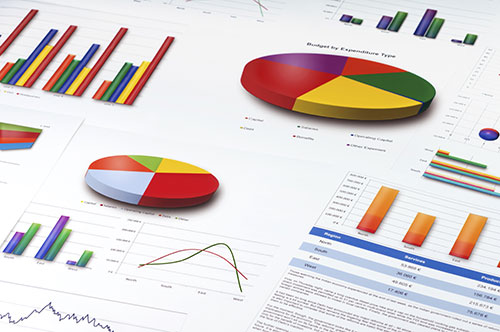This module is for Algebra 1, Grades 7-12 Welcome
Data are a set of facts, such as numbers, words, measurements, observations, etc. Statistics is the study of data, based on the collection, representation and interpretation of data.
You encounter data and statistics just about every day. Your teachers may share with you the class results after an important assessment. The news may report the outcome of a gubernatorial election. A commercial may provide an analysis of which snack is the healthiest to eat.
Knowing how to analyze data sets can help you to make informed decisions and opinions.
This module will provide you with the skills and tools needed to analyze and interpret data.
Module Objective
By the end of this module, you will be able to:
- Interpret data represented with plots on the real number line (dot plots, histograms and box plots).
- Use statistics appropriate to the shape of the data distribution to compare center (median, mean) and spread (interquartile range, standard deviation) of two or more different data sets.
- Interpret differences in shape, center and spread in the context of the data sets, accounting for possible effects of extreme data points (outliers).

Skills
- Calculate mean, median, standard deviation and interquartile range.
- Use the measures of center and spread to describe the distribution of data, compare the distribution of two data sets, and to solve problems.


